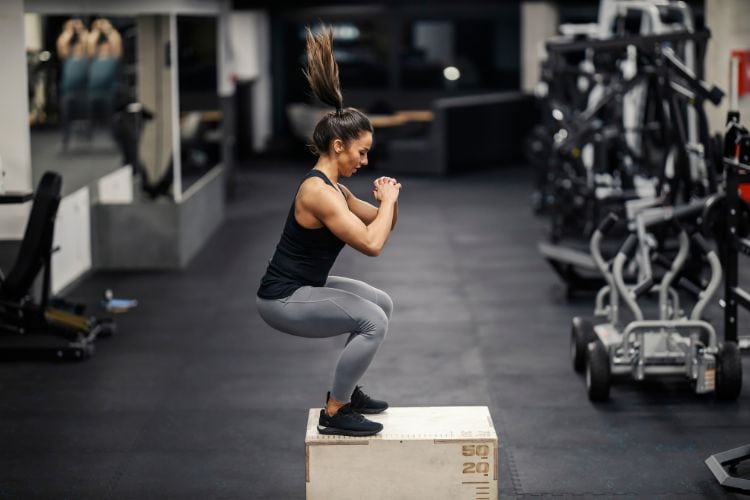Sign up for workout ideas, training advice, reviews of the latest gear and more.






Progressive overload is one of the most important training principles if your goal is to build muscle, increase strength, or improve overall fitness. Without it, your body quickly adapts, and progress slows down. But one of the most common questions lifters ask is: how many reps should you do for progressive overload? The answer isn’t as simple as “do 10 reps” — it depends on your goals, training style, and how you apply overload over time.
This guide breaks down everything you need to know about reps, sets, and progression so you can structure your workouts for maximum results.
Progressive overload is the gradual increase of stress placed on your muscles during training. Your body adapts to exercise by becoming stronger, faster, or more efficient. To continue improving, you must consistently push your body beyond its current capabilities.
Overload can be applied in different ways:
When it comes to reps, the right number depends on whether you’re training for strength, hypertrophy (muscle growth), or endurance.
Before answering how many reps you should do for progressive overload, let’s clarify the three main rep ranges and their purposes.
Low reps with heavy weight target your nervous system and build maximum strength. Powerlifters and athletes often stay in this range because it trains your body to lift heavier loads.
Moderate reps are considered the sweet spot for muscle growth. This range combines mechanical tension and metabolic stress, both of which stimulate hypertrophy.
Higher reps with lighter weight build endurance and increase muscular stamina. This range is often used in bodybuilding accessory work, circuit training, and conditioning workouts.
There is no single “magic number” of reps for progressive overload. Instead, you should choose rep ranges based on your goal and then apply overload within that range.
Let’s say your goal is hypertrophy (muscle growth), and you’re performing dumbbell shoulder presses with 40 lbs for 3 sets of 8 reps.
By slowly increasing reps before increasing weight, you apply progressive overload in a safe and structured way.
Reps alone don’t tell the full story. Sets matter too. Increasing your total training volume (sets × reps × weight) is another way to progress.
If you can complete your target reps with good form, adding another set can help increase overall volume and stimulate growth.
Progressive overload requires balance. Push too hard, and you risk injury or overtraining. Move too slowly, and progress stalls. Here are some guidelines:
Keeping a workout log is essential. Write down the weight, reps, and sets for each exercise. This allows you to see trends and know when it’s time to increase difficulty.
Apps, spreadsheets, or even a simple notebook can help. Over weeks and months, these small increases build into major strength and muscle gains.
While reps are one way to apply progressive overload, you shouldn’t rely on them alone. Consider these other factors:
These methods can keep progress going even when you plateau in reps.
Beginners should focus on 8–12 reps per set with moderate weight. This range helps build muscle, improve technique, and prepare the body for heavier loads later.
Start with 2–3 sets per exercise, then gradually add reps or sets before increasing weight.
Advanced lifters benefit from cycling rep ranges throughout the year. For example:
Rotating rep ranges prevents plateaus and ensures well-rounded progress.
1. Is it better to add weight or reps for progressive overload?
Both work. Add reps first, then increase weight once you max out your rep range.
2. Can you build muscle with high reps?
Yes, as long as you push close to failure. Lower reps build strength faster, but high reps can also stimulate hypertrophy.
3. How fast should I increase reps or weight?
Increase gradually — about 1 rep per week or 2.5–5 lbs when lifting weights.
4. Do I need to train to failure every set?
Not always. Train close to failure for hypertrophy but avoid maxing out every session to reduce injury risk.
Progressive overload is about gradual improvement over time. The number of reps you should do depends on your specific goal:
The most effective approach is to track your progress, increase reps before adding weight, and adjust rep ranges based on your training phase. Whether you want to get stronger, build muscle, or improve endurance, progressive overload ensures you keep moving forward.
Want more workout and video guide?
Follow us on Pinterest, Facebook, and Subscribe to our Newsletter and Stay tuned for FREE downloads of our App coming soon!
Stay up to date on the latest women’s health, fitness and lifestyle trends and tips.